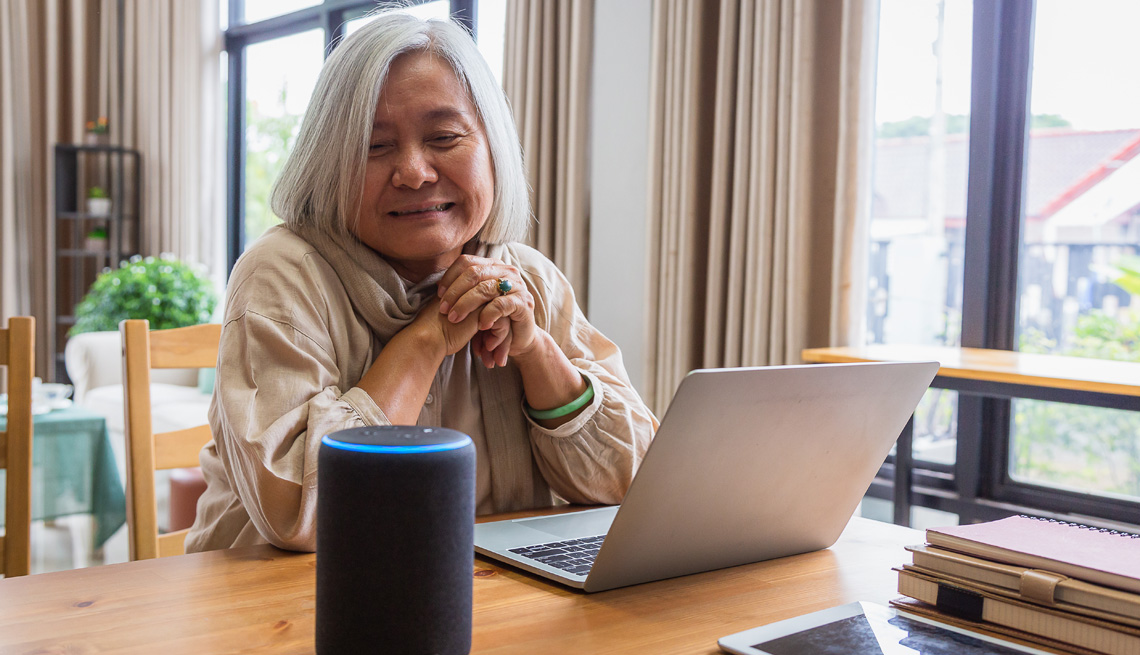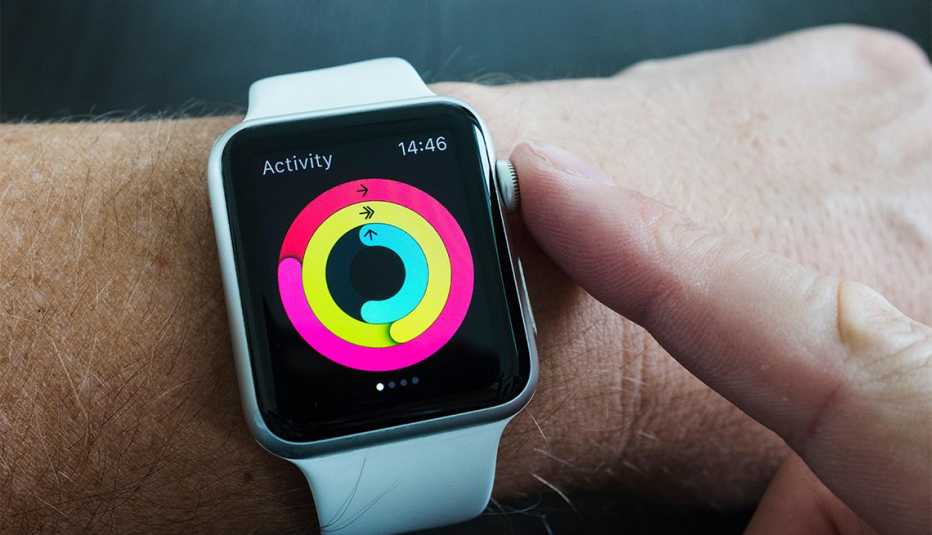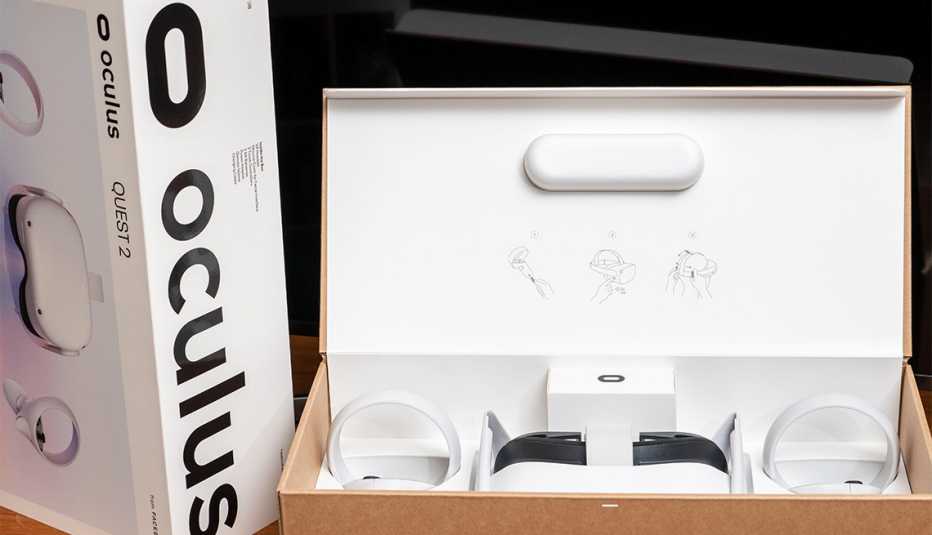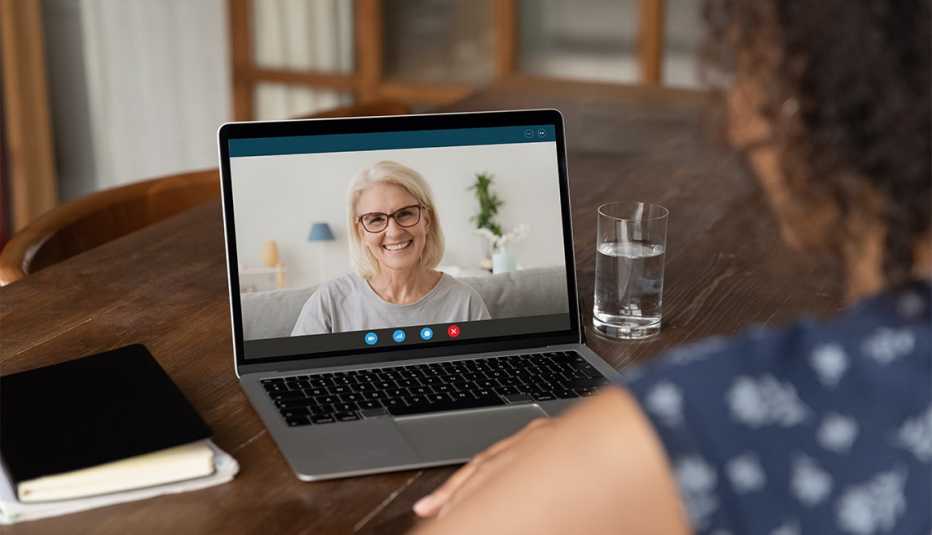Staying Fit
Nearly 90 percent of adults over age 50 — across all ages, health-status categories, incomes and races — want to remain at home and age in place, Capital Caring Health, a nonprofit provider of elder, advanced illness and hospice care, found in a recent national survey that it took in partnership with the online health information resource WebMD.


AARP Membership— $12 for your first year when you sign up for Automatic Renewal
Get instant access to members-only products and hundreds of discounts, a free second membership, and a subscription to AARP the Magazine.
Respondents with fair or poor health and those with household incomes of below $50,000 are less familiar with options they may have, including aging in place and hospice care, the survey, released in May, showed.
“Aging in place is what we want, and we can bolster our ability to do so safely, especially for those living alone, with the right technology in the home at the right time,” says Laurie Orlov, founder and principal analyst at Aging and Health Technology Watch, a market research firm in Port St. Lucie, Florida, that tracks technology trends about older adults.
“Technology enables more effective communication to the services you may need outside the home, including telehealth platforms, services that can bring you food, links to transportation, connecting with other people, staying entertained and helping you learn new things,” Orlov adds. “There has been a big leap forward over the past four to five years.”
Ramon T. Llamas, research director at International Data Corp., a Needham, Massachusetts–based provider of market intelligence, agrees: “Previously, the problem with ‘aging in place’ is someone might feel separated from the world, but technology remedies this by fostering connections to the outside — not just to caregivers but to the services they may [have] to depend on to live on their own terms.
“Thankfully, today’s devices are also much easier to use, to help stay in touch and combat loneliness and get help, if needed, through wearables and other hardware,” Llamas continues.
While far from a complete list, here are seven tech items to help loved ones age in place.
Alarm.com Wellness
Activity-based sensors around the home can discreetly reassure loved ones that those living alone are going about their daily business and all is OK.
If a change in pattern is detected, a remote family member, caregiver or emergency-response service is alerted via email, phone or text if the at-risk person is doing (or not doing) something.
For example, a small sensor could detect if an older adult hasn’t left the bedroom by, say 10 a.m., and that’s unusual for them, or if Mom or Dad hasn’t opened the fridge door or medicine cabinet in a specified number of hours.
Installation of these sensors, which is typically done by a professional, is often folded into the monitoring cost.
Alarm.com’s Wellness independent living solution integrates a suite of sensors and devices, like its Wellcam camera, with two-way audio and one-way video, and applies artificial intelligence and machine learning to the data generated to proactively detect changes that may suggest risks. The company says it can report changes in activity levels, sleeping and eating patterns, bathroom frequency and medication adherence, as well as emergency situations, like falls or wandering out of the home.





































































